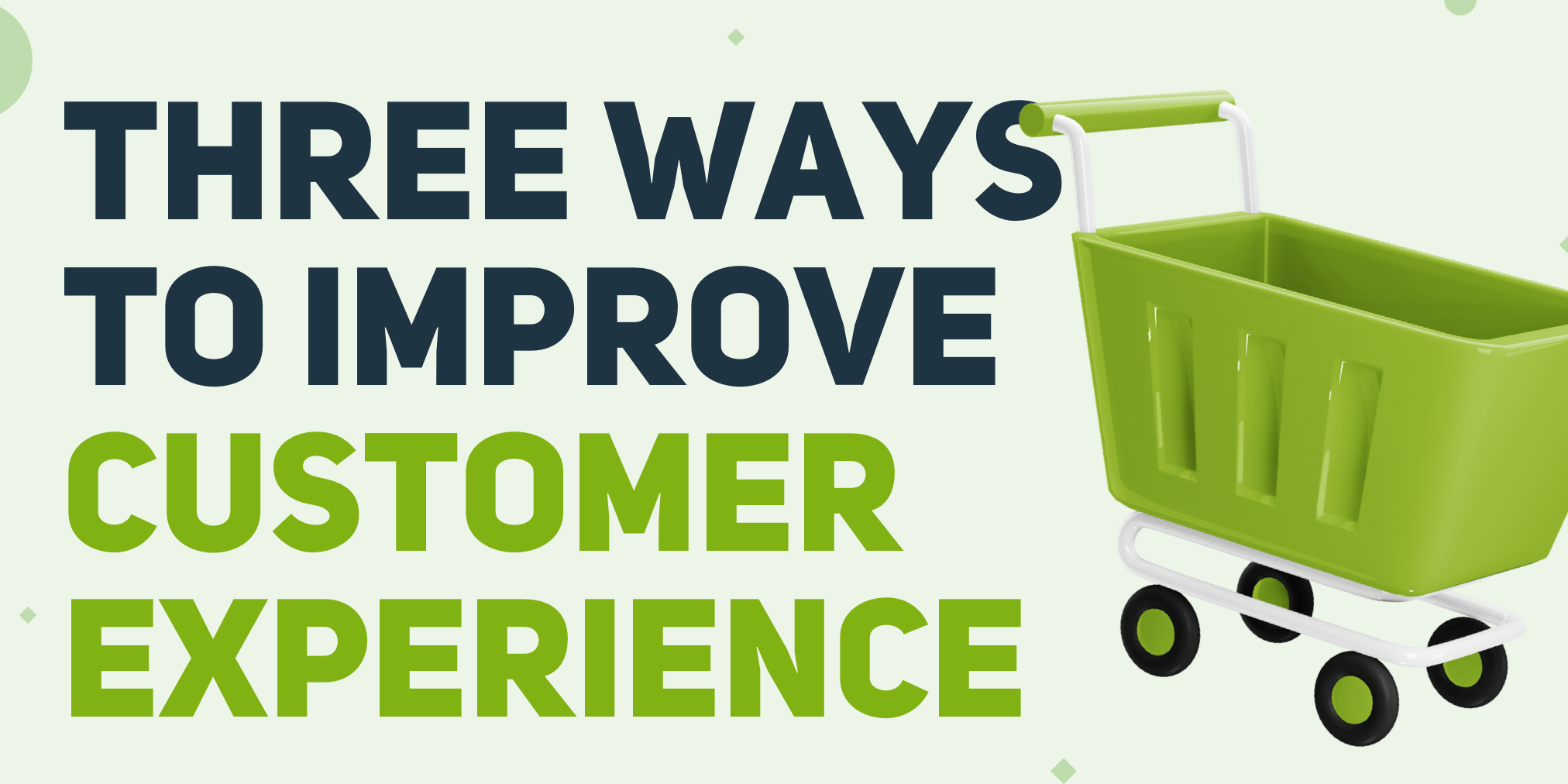It is no secret that customer experience as a metric for success in business has continued to gain importance in the brick and mortar and the virtual landscapes. Let’s take a peek at some facts, then discuss one important approach to enhance your customer’s experience.
Facts
1. Customer Experience is more important than ever to consumers.
Post-COVID, 59% of consumers care more about customer experience when they decide what company to support or buy the product from, while 38% of consumers care the same as they did before COVID (which is still a considerable portion). [1]
2. Customers mention a positive customer experience to an average of eleven people, and a negative customer experience to an average of fifteen people.
So that math is self-evident. After one negative experience over 30% of customers will never do business with that company again. Alternatively, customer retention is improved by five years when their customer experience is positive. [2]
3. The number one reason customers switch brands: they feel they are unappreciated.
Two high frustration points for customers are having to repeat the issue to multiple people and not being offered support options. If they are left in the dark, they will look elsewhere. [3]
4. More than half of Americans have scrapped a planned purchase or transaction because of bad service.
In addition to this, over half of customers surveyed said they are willing to try a new brand or company for a better service experience. [4]
5. It takes twelve positive experiences to make up for one unresolved negative experience.
This is a huge amount of work and expense. Similar to the above findings, negative experiences are exponentially problematic for a brand. [5]
6. Seventy-three percent of customers affirm that customer experience influences their buying decisions.
From start to finish, the experience with your brand that is convenient, engaging, and flexible will win the customer’s trust. It is vital that organizations develop incremental tactics that cover each point of the customer experience for a winning strategy. [6]
A step forward

Take these three essential steps to develop excellent customer experience culture:
1. Document the customer needs and what they expect from you to meet those needs.
What data can you collect that objectively defines just what issues (good or bad) that the customer experiences with your product? Can you collect these activities and construct the “day in the life” of a customer?
2. Break down the customer experience journey into categories that can be easily understood and communicated to the organization.
This process is often overlooked because teams are busy handling day-to-day problems. However, a non-reflective practice is a non-improving one. The customer’s experience needs to be explicitly and discretely codified in order to develop a knowledge base and skill set to effectively funnel answers and support.
3. Implement training and team members to navigate multiple categories. In other words, get your first responders to anticipate and solve as many issues as possible within as many categories as possible.
This piece is essential in order to reduce the friction for the customer’s need to articulate their issues and to build a single point of contact for problem solving. When one person solves the problem the personal relationship is built, and trust is strengthened. Positive resolution and trust are essential for retention and referral generation.
Organizational leaders should be looking for opportunities to train support teams to handle the next level of problem solving. The result instills confidence in the front-line team member, and improves her/his interactions with the customer. Leaders who do this generate a strong culture of customer experience through an organizational practice that drives efficiency and effective resolutions.
So, the simple ingredients to enhancing your customer experience: know your customer, anticipate their experience, and streamline your response.
Fact sources:
[1] customerthink.com // [2] American Express 2017 Customer Service Barometer // [3] vonage.com // [4] American Express // [5] Ruby Newell-Lenger, "Understanding Customers" // [6] PWC




